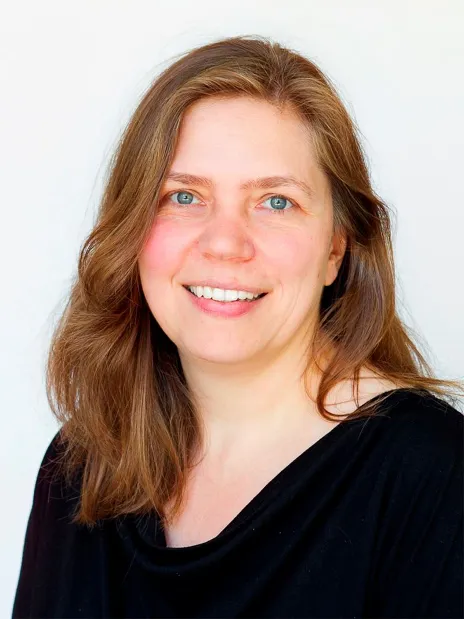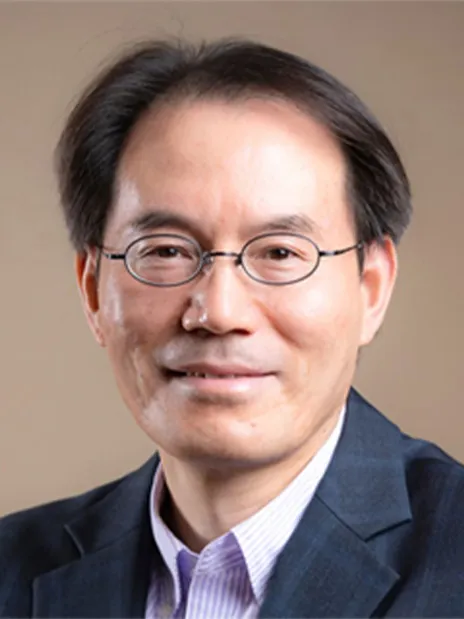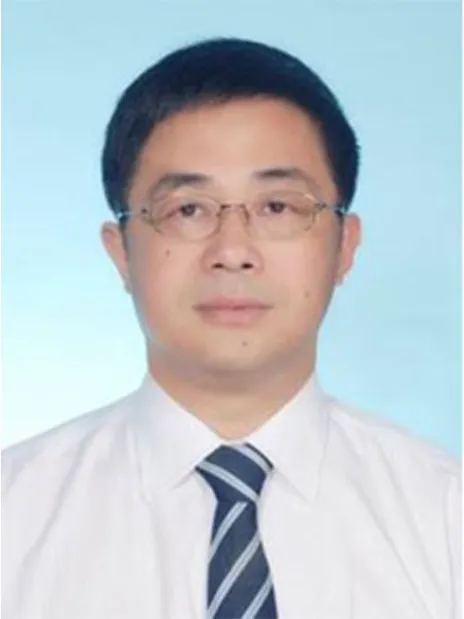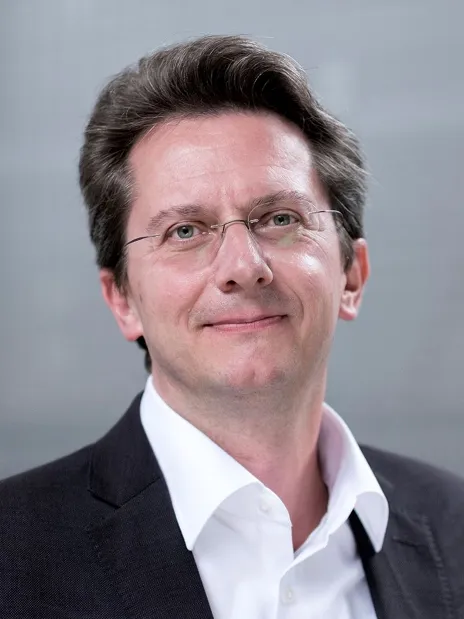Materials Horizons
Urgent short reports of exceptionally high quality and innovative materials science can be found in this journal.
Editor-in-Chief: Martina Stenzel
Open Access: Hybrid

Materials Horizons is a leading journal for the publication of exceptionally high quality, innovative materials science.
ISSN: 2051-6355
Indexed in: MEDLINE
Journal Impact factor
10.7 (2024)
First decision time (all)
12 days
First decision time (peer reviewed)
33 days
Scope
Materials Horizons is a leading journal for the publication of exceptionally high quality, innovative materials science. The journal places an emphasis on original research that demonstrates a new concept or a new way of thinking (a conceptual advance), rather than primarily reporting technological improvements. However, outstanding articles featuring truly breakthrough developments such as record performance of materials alone may also be published in the journal. For work to be published it must be of significant general interest to our community-spanning readership.
Readership
Materials Horizons is a core journal for academic, government and industrial scientists involved in all aspects of materials research.
Information for authors
Want to publish in this journal? Our author guidelines explain how to prepare and submit your article and provide useful information on the review and publication process including transfers, revisions and any article processing charges (APCs) that may apply.
You can read our payments and funding information for further details about APCs, which may apply for publishing open access in this journal, as well available discounts and waivers.
You may be able to publish open access in this journal, with no APC to pay, if your institution has an open access agreement with us. You can use our journal finder tool to check for agreements between us and your institution.
Meet the team










Markus Antonietti
Max Planck Institute of Colloids and Interfaces
David Beljonne
University of Mons
Chris Bettinger
Carnegie Mellon University
Kanishka Biswas
Jawaharlal Nehru Centre for Advanced Scientific Research
Paul Blom
Max Planck Institute for Polymer Research
Mischa Bonn
Max Planck Institute for Polymer Research
Markus Buehler
Massachusetts Institute of Technology (MIT)
Jillian Buriak
University of Alberta
Moyuan Cao
Nankai University
Yong Cao
Fudan University
Rachel Caruso
Royal Melbourne Institute of Technology
Bruno Chaudret
INSA Toulouse
Anthony Cheetham
University of Cambridge
Hong Chen
Soochow University
Paulette Clancy
Johns Hopkins University
Brandi Cossairt
University of Washington
Dibyendu Das
Indian Institute of Science Education and Research (IISER) Kolkata
Luisa De Cola
University of Strasbourg
Ulrike Diebold
Vienna University of Technology
Mircea Dinca
Massachusetts Institute of Technology (MIT)
Gitti Frey
Technion - Israel Institute of Technology
Richard Friend
University of Cambridge
Rebecca Gieseking
Brandeis University
Jian Ping Gong
Hokkaido University
Grace Gu
University of California
Ritu Gupta
Indian Institute of Technology Jodhpur
David Haddleton
University of Warwick
Ramanathan Vaidhyanathan
IISER Pune
Aleks Vojvodic
University of Pennsylvania
Elizabeth von Hauff
Fraunhofer Institute for Electron Beam and Plasma Technology (FEP) and TU Dresden
Martin Heeney
KAUST
Jurriaan Huskens
University of Twente
Hiroshi Imahori
Kyoto University
Lei Jiang
Beihang University
Antoine Kahn
Princeton University
Richard Kaner
University of California
Anna Koehler
University of Bayreuth
Susumu Kitagawa
Kyoto University
Frederik Krebs
Elite Science
Guglielmo Lanzani
Istituto Italiano di Tecnologia
Neng Li
Wuhan University of Technology
Yan Li
Peking University
Darren Lipomi
University of Rochester
Lynn Yueh Lin Loo
Princeton University
Bettina Lotsch
Max Planck Institute for Solid State Research
HongYee Low
Singapore University of Technology and Design
Eva Malmström Jonsson
KTH Royal Institute of Technology
Uttam Manna
Indian Institute of Technology Guwahati
Seth Marder
University of Colorado Boulder
Richard Martel
Université de Montréal
Hedi Mattoussi
Florida State University
David Mecerreyes
University of the Basque Country
Phillip Messersmith
University of California
Catherine Murphy
University of Illinois Urbana-Champaign
K S Narayan
Jawaharlal Nehru Centre for Advanced Scientific Research
Thuc-Quyen Nguyen
University of California Santa Barbara
Markus Niederberger
University of Zurich
Teri Odom
Northwestern University
Wee-Jun Ong
Xiamen University
Moon Jeong Park
Pohang University of Science and Technology (POSTECH
Marie-Paule Pileni
Pierre and Marie Curie University
Vivek Polshettiwar
Tata Institute of Fundamental Research (TIFR
C N R Rao
Jawaharlal Nehru Centre for Advanced Scientific Research
Erin Ratcliff
Georgia Institute of Technology
Vince Rotello
University of Massachusetts Amherst
David Scanlon
University of Birmingham
Bernd M. Schmidt
Heinrich Heine University Düsseldorf
Christine Schmidt
University of Florida
Gregory D Scholes
Princeton University
Rachel Segalman
University of California Santa Barbara
Peter Skabara
University of Glasgow
Henry Snaith
Oxford University
Kazuo Takimaya
RIKEN
Luisa Torsi
University of Bari
Aron Walsh
Imperial College London
Mengye Wang
Sun Yat-sen University
Shu Wang
Chinese Academy of Sciences
Xun Wang
Tsinghua University
Tanja Weil
Max Planck Institute for Polymer Research
Emily Weiss
Northwestern University
David Weitz
Harvard University
Chris Wolverton
Northwestern University
Yi Xie
University of Science and Technology of China
Vivian Yam
University of Hong Kong
Shannon Yee
Georgia Institute of Technology
Jihong Yu
Jilin University
Aldo J. G. Zarbin
Universidade Federal do Paraná
Nan Zhang
Hunan University
Dongyuan Zhao
Fudan University
Ye Zhou
Shenzhen University
Hassan R.S. Abedellatif
Cairo University
Josh J. Bailey
Queen's University Belfast
Rowena Brugge
University of Cambridge
Mingtao Chen
University of Pennsylvania
Pei Cheng
Sichuan University
Huijuan Cui
Tianjin Institute of Industrial Biotechnology
Kelsey DeFrates
University of California
Xianbiao Fu
National University of Singapore
Xia Guo
Soochow University
Olga Guselnikova
National Institute for Materials Science (NIMS)
Dr Guanjie He
University College London
Edison Ang Huixiang
Nanyang Technological University
Yanyan Jiang
Shandong University
Haegyum Kim
Lawrence Berkeley National Laboratory
Aneeya Kumar Samantara
National Institute of Science Education and Research
Audrey Laventure
Université de Montréal
Minah Lee
Pohang University of Science and Technology (POSTECH
Quan Li
Hubei University
Tian-yi Li
University of Science and Technology Beijing
Fang-Cheng Liang
National University of Singapore
Ivana Qianqi Lin
University of Twente
Penggao Liu
Central South University
Raul Marquez-Montes
University of Texas at Austin
Raffaello Mazzaro
University of Bologna
Danila Merino
POLYMAT
Shyamapada Nandi
Vellore Institute of Technology Chennai
Xiaojuan Ni
University of Arizona
Subhajit Pal
University of California Berkeley
Robert Pankow
University of Texas at El Paso
Kostas Parkatzidis
ETH Zürich
Valerio Piazza
EPFL
Yun Qian
Shanghai Jiao Tong University
Li Na Quan
Virginia Tech
Alexandra Ramadan
University of Sheffield
Vincent Blay Roger
University of California
Hao Shao
Deakin University
Wen Shi
Sun Yat-sen University
Shiv Singh
CSIR-Advanced Materials and Process Research Institute
Anna Stejskalová
Harvard University
Jing Xie
Sichuan University
Ruijuan Xu
North Carolina State University
Jieun Yang
Kyung Hee University
Weilai Yu
University of Toronto
Shahid Zaman
Université du Québec à Trois-Rivières
Meng Zhang
Georgia Institute of Technology
Qiaobao Zhang
Xiamen University
Yunmao Zhang
Xiamen University
Shaohua Zhang
Radboud University Nijmegen
Jiadong Zhou
Beijing Institute of Technology
Michaela Mühlberg
Executive Editor
Geraldine Hay
Deputy Editor
Jonathon Watson
Editorial Production Manager
Natalie Cotterell
Development Editor
Rose Wedgbury
Development Editor
Alex Metherell
Associate Editorial Manager
Matthew Blow
Publishing Editor
Chris Dias
Publishing Editor
Hemna Fathima
Publishing Editor
Rob Hinde
Publishing Editor
Clara Humann
Publishing Editor
Evie Karkera
Publishing Editor
Tamara Kosikova
Publishing Editor
Sophie Mander
Publishing Editor
Carole Martin
Publishing Editor
Kirsty McRoberts
Publishing Editor
Cat Schofield
Publishing Editor
Manman Wang
Publishing Editor
Amy Cook
Editorial Assistant
Jane Paterson
Publishing Assistant
Sam Keltie
Publisher
Read this journal
Communication
Humidity-driven modulation of ferroelectricity in hafnia–zirconia membranes
Communication
Mesoscale superlubric Brownian machine based on 2D graphitic interfaces
Communication
Reconfigurable double-sided smart textile circuit with liquid metal
Review article
Innovative engineering strategies and mechanistic insights for enhanced carbon-based electrocatalysts in sustainable H2O2 production
More from this journal
Contact the journal team
We're here to help. Contact the journal team if you have any questions about publishing your paper with us.
Sign up for journal email alerts
Get table of contents alerts and notifications about calls for papers, themed issues and more.
